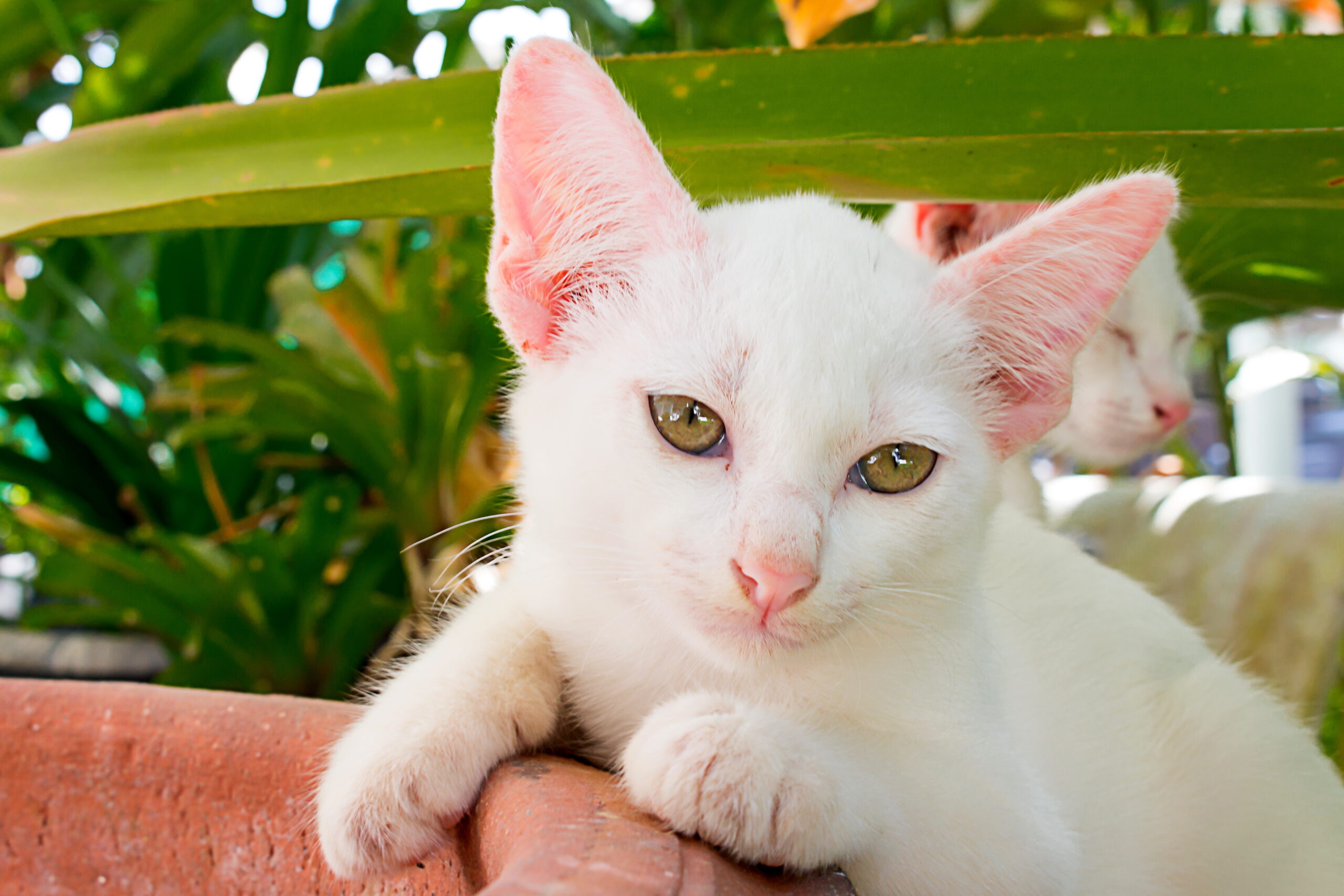Spaying and neutering
Spaying and neutering are common procedures performed on pets, particularly dogs and cats, to help control pet overpopulation and prevent unwanted litters. These procedures involve removing the reproductive organs of the animal, and while they are often recommended by veterinarians, many pet owners still have questions about the process, the benefits, and any potential risks involved. In this blog, we will discuss spaying and neutering procedures in depth, including what they are, the benefits they provide, and what to expect during and after the procedure.
What is it?
Spaying and neutering are surgical procedures that involve removing the reproductive organs of pets. Spaying is the removal of the ovaries and uterus of female animals, while neutering is the removal of the testicles of male animals. These procedures are also sometimes referred to as “sterilization” or “fixing” pets.
During a spay procedure, the veterinarian will make an incision in the abdomen and remove the ovaries and uterus. In a neuter procedure, the veterinarian will make an incision in the scrotum and remove the testicles. Both procedures are typically performed under general anesthesia and usually take about 30 minutes to an hour to complete.
Benefits of Spaying and Neutering:
There are many benefits to spaying and neutering your pets, including:
Prevention of Unwanted Litters:
Spaying and neutering help prevent unwanted litters of puppies and kittens, which can be difficult to find homes for and often end up in animal shelters.
Reduced Risk of Certain Health Problems:
Spaying and neutering can help reduce the risk of certain health problems in pets. For female animals, spaying can reduce the risk of mammary gland tumors and uterine infections. For male animals, neutering can reduce the risk of prostate problems and testicular cancer.
Improved Behavior:
Spaying and neutering can also help improve the behavior of pets. For male animals, neutering can reduce the likelihood of aggressive behavior, roaming, and marking territory with urine. For female animals, spaying can eliminate the behaviors associated with heat cycles, such as howling, restlessness, and attracting males.
Reduced Risk of Pet Overpopulation:
Spaying and neutering can help reduce the number of stray animals on the streets and in shelters, as well as the euthanasia rates in animal shelters.

Risks of Spaying and Neutering:
While spaying and neutering are generally safe procedures, there are some risks involved. These risks include:
Anesthesia:
As with any surgical procedure, there is a risk of complications related to anesthesia, such as allergic reactions or breathing problems.
Surgical Complications:
There is also a risk of surgical complications, such as bleeding, infection, or damage to surrounding organs.
Weight Gain:
Some pets may experience weight gain after being spayed or neutered, as the procedure can cause a decrease in metabolism and an increase in appetite.
Behavioral Changes:
In some cases, spaying and neutering can cause changes in a pet’s behavior. For example, some pets may become more sedentary after the procedure, while others may become more active.
What to Expect Before & During the Procedure:
Before the Procedure:
Before the spay or neuter procedure, your veterinarian will likely perform a physical exam and blood work to make sure your pet is healthy enough to undergo the surgery. You may also need to withhold food and water for a certain amount of time before the procedure.
During the Procedure:
During the spay or neuter procedure, your pet will be placed under general anesthesia. The veterinarian will make an incision in the abdomen or scrotum, remove the reproductive organs, and close
For additional information or to schedule your pet’s Check-up, please call Us. Provide the Coupon when booking your appointment to receive Discount!
At Nohl Ranch Animal Hospital, We always strive for your Pet health mentally and physically.
For More Information, Please Call us at (714)-921-2495 Or Make an Appointment Now!
Nohl Ranch Animal Hospital has been serving pets in “Orange“, “Anaheim“,
“Santa Ana“, “Fullerton” and “Tustin” for more than “15” years.
Join Our Happy Clients From here Contact Us…
We’ll be more than happy to answer all your questions and concerns.

